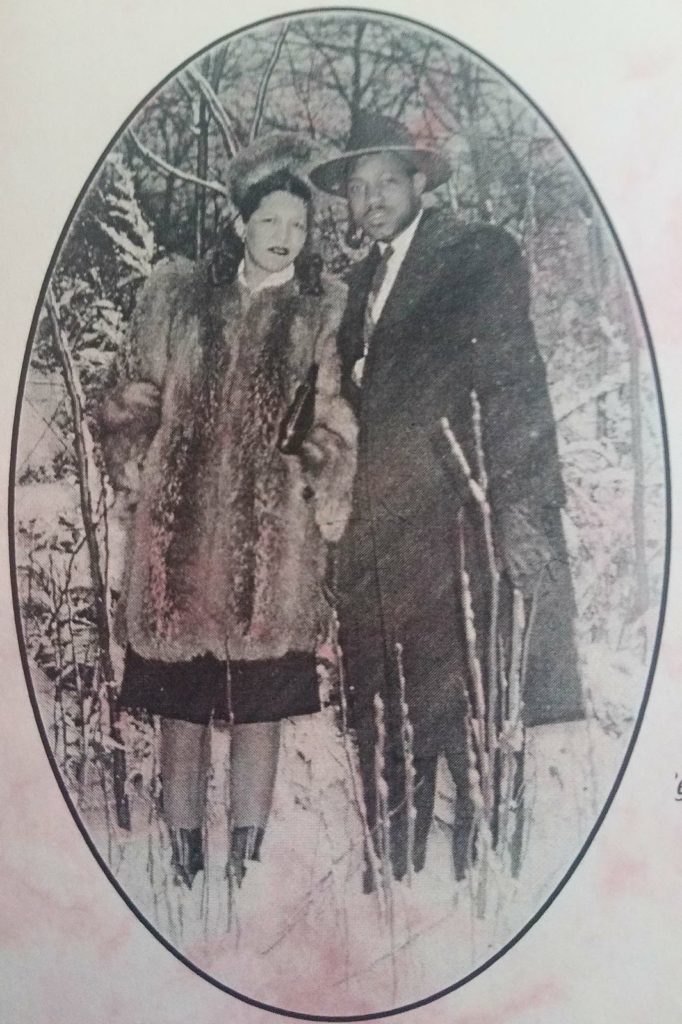Angela Stepancic has joined our team at reDesign after what has already been an impressive, revolutionary, and impactful career. In order to highlight her accomplishments and expertise, we connected with Angela to learn more about her background in education and how she sees that translating to her work with reDesign.
Sarah: What were you doing before reDesign?
Angela: For the last five years, I was the principal at an alternative charter school in D.C. I say alternative because our students were mostly ages 16-24. They either dropped out of high school, graduated high school but were not at their appropriate reading or knowledge level, or were marginalized in ways that kept them from excelling. Some of the students were victims of human trafficking and sexual abuse, had moved between schools too often for them to learn and build community, were forced to cross into the U.S. illegally, were chronically truant, and more.
Sarah: Wow, moving from being the principal at an alternative school to an education consulting company like reDesign must be a huge shift. How do you feel about this transition and transferring your breadth of knowledge from your experience as a principal to a consultant?
Angela: Honestly, it isn’t that large of a shift. I did what I could to run my school as if it were a start-up, allowing for space for new ideas, innovation, and energy. I considered all of my students my clients. What drives me is my ethos of innovation and improvement on a personal, student/client level, and that is what drives reDesign.
Sarah: That’s a really beautiful mission and one that seems laborious to implement. How did you design your school in a way that fostered this ability to meet your students in their own journeys?

Angela: What made my school a safe place was the understanding that a teacher’s supportive environment is a student’s learning environment. In order to facilitate learning, you really have to take care of your people and learn what their strengths are.Designing a space where students are treated as individuals with unique needs has a lot do with creating a space where people can be themselves and self-identify. Once someone knows who they are, they can learn. And then you just have to work to create safety there.
Sarah: I think self-identification is a really poignant concept, and one that I’m sure facilitated the creation of a safe environment for the marginalized learners you were engaging with. How did you go about creating that safe school environment?
Angela: You have to be a safe space to really create a safe space. Admit mistakes in front of your people so that they know that you know mistakes when you see them. I try to model the vulnerability and humility that I ask them to demonstrate in order to make our school safe. It is important to sometimes laugh at your own leadership to allow them to critically reexamine theirs. I create spaces where I can make the struggle through my own emotional ZPD (zone of proximal development) visible.
Sarah: It seems like you’ve put a lot of energy into your insights and truly live what you believe. How did you cultivate this vision?
Angela: Well, my mom was an early childhood teacher for 47 years, and I definitely grew up in her classroom in terms of her approach to education. I have always known how teachers feel and what teachers need. But because of this, I wanted to stay completely far away from the field of education. When I went to Georgetown, I was sure I wanted to be a lawyer. Junior year, I realized I had gravitated towards education classes and that I needed to get out of my own way. My first job was at a learning center in McLean, Virginia, where I worked with really wealthy families to help their kids go from excellent to even more excellent. I quit pretty soon after taking that job and went to visit my family in Croatia to reflect and apply to more jobs. That is when I decided that I would never again take a position again unless I really vibed with the mission, which led me to my next endeavors. And that same ethos is why I’m here now, at reDesign.
“Creativity follows mastery.” These are the words of Benjamin Bloom, who believed that learners are capable of incredible things if they have access to powerful learning environments. This is why we’ve chosen the name “Bloom” for our knowledge-sharing initiative. Bloom is all about our stake in helping to build the capacity of practitioners and leaders who work with our most marginalized youth to reimagine, recreate, redesign our models for learning–within schools and beyond. For us, this is fundamentally a matter of social justice. Reach out if you’d like to submit a guest post, or sign up for our monthly newsletter: Bloom@reDesignu.org.

